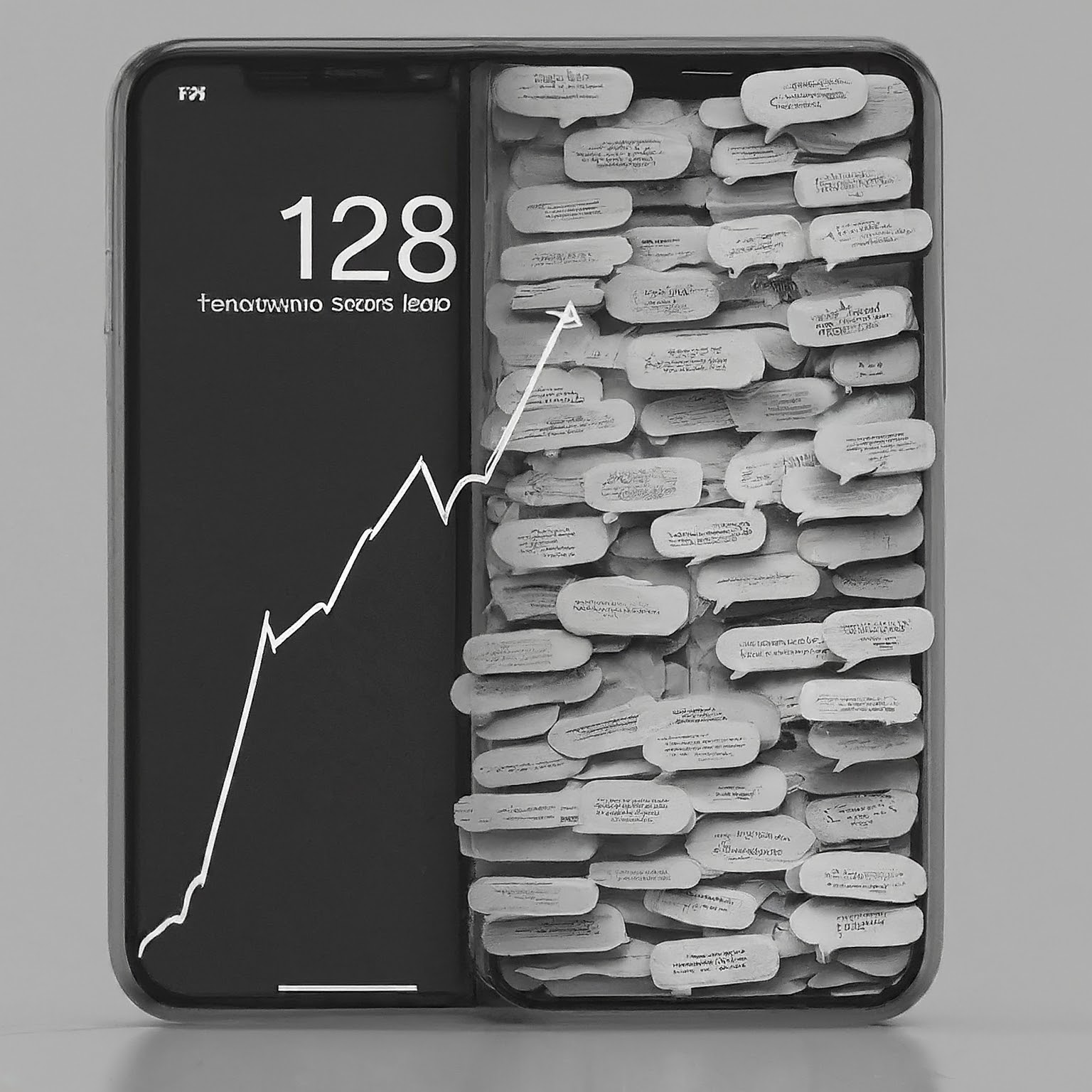If you are a T-Mobile (or legacy Sprint) customer and notice frequent entries for “128” on your detailed phone bill or usage log, you’ve encountered one of the carrier’s most common and confusing system codes.
Text 128 is a system-level short code used by T-Mobile for logging specific, internal network events. It does not correspond to a text message you can read, but rather a background notification related to your voicemail, connected devices, or, historically, third-party billing services.
This guide will break down the true meanings of text 128 entries, explain why they appear on your bill but not your phone, and provide essential steps to eliminate any unwanted charges that may be linked to this number.

The Two Primary Meanings of the 128 Code
The 128 code is an internal system number, meaning you cannot send a message to it, nor will you see a message from it in your standard text app. It is a log entry only.
- Voicemail and Device Synchronization (Most Common)
The most frequent cause of text 128 entries relates to your phone’s status and network interaction:
- Voicemail Notification: The code often appears when you receive a new voicemail message. The network sends a system notification to your phone to trigger the waiting light or badge icon, and this system event is logged as an “incoming text 128.” It may also appear when you call your voicemail to listen to messages.
- Connected Devices: For users with Apple devices (iPhone, Apple Watch, iPad) or other synced devices, 128 can act as a placeholder for communication that occurs to keep those devices synced (such as iMessage notifications that travel between the phone and a watch).
- Third-Party Premium Content Charges (The Financial Risk)
Historically, the appearance of incoming text 128 has been strongly associated with Direct Carrier Billing (DCB), used by third-party companies for premium content:
- The Problem: In the past, companies offering services like ringtones, mobile games, or horoscope subscriptions would bill charges directly to your T-Mobile account. The 128 short code would appear on your bill as the source of the incoming text/system event that triggered that charge.
- Action Needed: If you are seeing a dollar amount or an unknown charge on your bill near the 128 entries, this is the reason for the entry. The code is the vehicle for the charge, not the source of the scam.
How to Stop Unwanted Charges Associated with 128
If you notice mystery charges on your bill related to the 128 code, the charge is coming from a third-party merchant, not T-Mobile directly. You need to block all future third-party charges.
Step 1: Identify and Cancel the Merchant
- Review the Detailed Bill: Access your T-Mobile online usage log or bill statement. The line entry associated with the charge should list the name of the third-party merchant (e.g., “XYZ Mobile Games”) that is billing you.
- Contact T-Mobile: If you cannot identify the merchant, call T-Mobile Customer Care (dial 611) and ask them to identify the third-party company associated with the charge. They can often cancel the subscription immediately and may issue a credit.
Step 2: Block Future Charges (Permanent Solution)
The most effective way to protect your account is to block the Direct Carrier Billing feature entirely.
- Call T-Mobile Customer Care ().
- Explicitly request a “Premium and Third-Party Content Block” be applied to every line on your account. This is a free feature that prevents any outside company from using the code or any other system code to bill you for unwanted subscriptions in the future.
Frequently Asked Questions (FAQ)
Will texting “STOP” to 128 stop the entries?
No. Texting to 128 will likely fail or generate an error message because is a system gateway, not an interactive short code (like ). To stop charges, you must block the third-party billing feature through T-Mobile or send to the merchant’s actual 5-digit short code (if available).
Is the 128 short code used by Verizon or AT&T?
No. The 128 short code is specifically associated with the T-Mobile and legacy Sprint networks. You will not typically see this particular code appear on Verizon or AT&T detailed usage statements.
Why do I see “incoming text 128” but no message on my phone?
These are background system messages or billing records processed at the network level. They are intended to prompt an action on your device (like lighting the voicemail icon) or create an accounting entry, not to deliver a readable text message in your app.
This video provides a more in-depth look at the T-Mobile short code 128 and its functionality: T-Mobile Shortcode 128 – Understanding text from 128.


